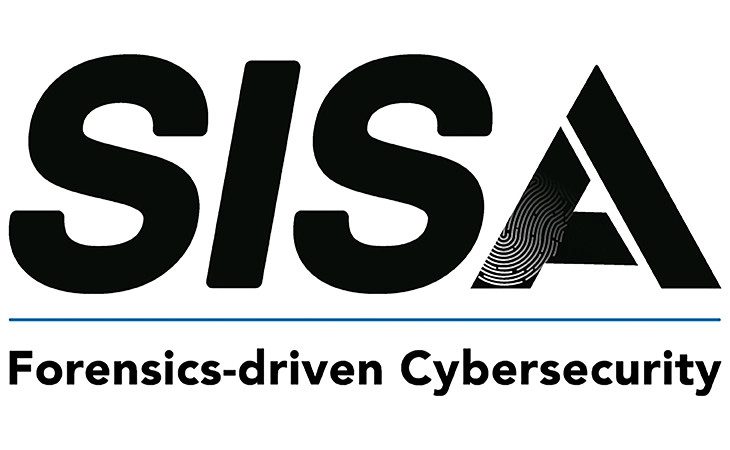
Cybersecurity and compliance risks of multilingual data in financial services and six ways to mitigate them
Introduction
India’s digital financial ecosystem is built on inclusion. With more than 22 official languages and hundreds of dialects, banks, payment providers, and fintech platforms increasingly rely on regional-language data, from KYC documents and loan applications to mobile banking apps and grievance redressal channels.
While this multilingual approach expands reach and accessibility, it also introduces unique risks. Sensitive information embedded in diverse scripts and transliterated formats often falls outside the scope of traditional security tools, creating vulnerabilities in both compliance and cybersecurity. The risks are not limited to translation errors but extend across data processing and storage.
1. Data Misclassification
Sensitive data in regional languages may not be flagged correctly by legacy classification systems trained predominantly on English. This exposes PII such as Aadhaar numbers or PAN details to misuse. OCR engines may misinterpret names, addresses, or ID details in scripts like Devanagari or Tamil while transliteration differences can be exploited to create duplicate or synthetic identities.
2. Translation-Linked Data Leakage
The use of insecure machine translation tools to interpret customer documents or complaints can unintentionally transmit sensitive data outside controlled environments. Attackers can exploit mistranslations to trick users into accessing fake sites to authenticate transactions.
3. Vulnerabilities in data processing
Processing data in multiple languages can create vulnerabilities in internal systems. Inconsistent data formats, character sets, and metadata across different languages can lead to misconfigurations and security flaws. Attackers can exploit font rendering errors or UI inconsistencies, for example, a “Pay” action displayed as “Request” in a regional script to trick users into approving fraudulent transactions.
4. Increased complexity for threat detection
Traditional fraud detection systems and SIEM platforms are often built on English language models. Applying these tools to identify threats in multilingual transaction narratives or chat logs with different character sets, semantics, and syntax can lead to missed alerts and a higher rate of false positives or negatives. A suspicious term in English may trigger alerts, but the same request written in Kannada or transliterated Hindi may bypass detection.
5. Social engineering and phishing
Threat actors leverage language to craft highly convincing and deceptive phishing emails, SMS messages, and voice calls. Multilingual data embedded in banking apps, IVRs and chatbots can be exploited by attackers to launch targeted phishing campaigns aimed at data exfiltration or money laundering.
Risk mitigation strategies for multilingual data
Organizations in banking and payments need to recognize that sensitive information can appear in any script, dialect, or transliterated form, and that security measures must be capable of handling this complexity end-to-end. Managing multilingual data requires a deliberate strategy that blends governance, technology, and people practices. The following six measures provide a practical framework to strengthen resilience and ensure regulatory compliance.
1. Strengthen Data Governance for Multilingual Contexts
A comprehensive governance framework should explicitly account for data captured in multiple languages and scripts. This includes establishing policies that explicitly cover data classification, access, and retention across all supported languages and assigning accountability for data handling irrespective of script or dialect.
2. Metadata Tagging and Standardization
By tagging each record with attributes such as the language, script, and region, using a data classification tool like SISA Radar, organizations can create uniformity in cataloguing data. This not only aids in retrieval and monitoring but also ensures consistent treatment across systems that may otherwise process multilingual data differently. Standardization prevents duplicate identities or records caused by transliteration differences and enables downstream systems to apply the correct security controls.
3. Secure Translation Workflows
Translations, whether performed manually by staff or through machine translation tools are often weak points where sensitive data can leak. To mitigate this, organizations should mandate the use of secure, approved translation platforms that operate within controlled environments. Where human translators are used, confidentiality agreements and access restrictions should be enforced. Every translation request should be logged, creating an auditable trail that proves data was handled securely.
4. Employee Awareness and Training
Awareness programs should go beyond standard phishing simulations and include exercises in multiple Indian languages, helping staff identify sensitive data formats across scripts. Training should also cover common mistakes, such as ignoring sensitive details written in unfamiliar languages or mishandling documents provided in regional scripts. By making multilingual awareness a part of routine security education, organizations reduce the human error factor.
5. Advanced Technical Controls
Institutions should deploy controls that can process multilingual datasets, including transliterated and mixed-script text that ensures all systems handling multilingual data use strong encryption (AES-256 and TLS 1.3) and authentication methods like multi-factor authentication (MFA). Where possible, tools with natural language processing (NLP) capabilities should be integrated, so that sensitive terms in multiple scripts can be recognized and flagged in real time.
6. Audit Trails and Monitoring
Banks and payment systems should maintain detailed logs of how records are classified, translated, and accessed, with visibility into the scripts and languages involved. These logs can be used to demonstrate compliance during regulatory audits and to investigate potential breaches. Regular monitoring should also assess whether multilingual datasets are included in risk assessments, ensuring that no subset of data is inadvertently excluded from oversight.
Conclusion
As India’s financial sector deepens its digital and multilingual reach, the protection of regional-language data is no longer optional, but a regulatory mandate and a trust imperative. Traditional security programs built for English-only contexts cannot address the realities of Aadhaar records in Hindi, customer complaints in Bengali, or phishing attempts in Tamil. By adopting a structured approach that encompasses governance, metadata tagging, secure translation, training, multilingual-aware tools, and audit trails, banks and payment providers can proactively address the data security risks.
Latest
Blogs
Whitepapers
Monthly Threat Brief
Customer Success Stories
 USA
USA India
India APAC
APAC Middle East
Middle East Global
Global






 Facebook
Facebook Linkedin
Linkedin  X
X Youtube
Youtube






